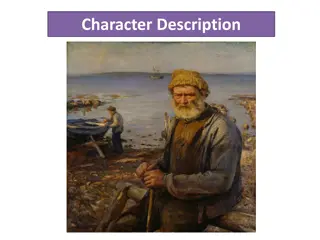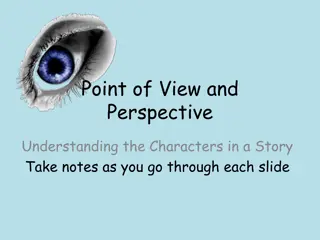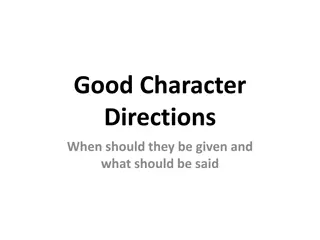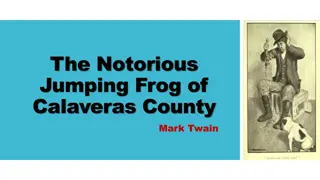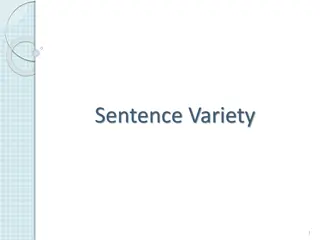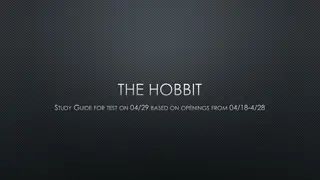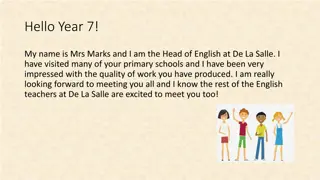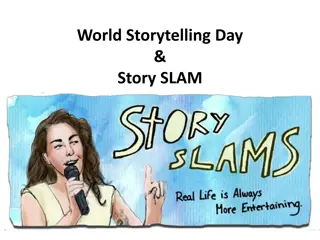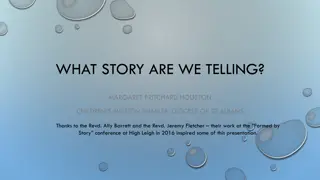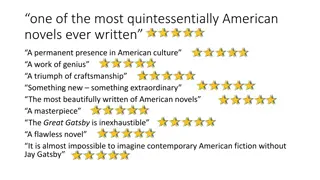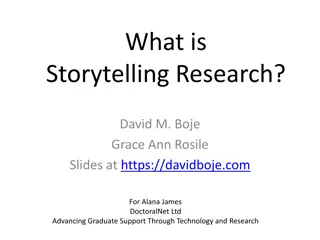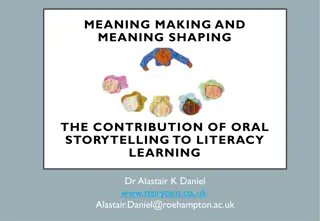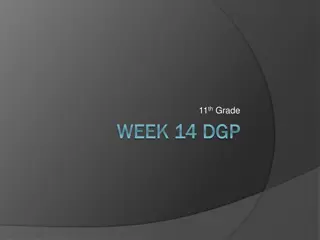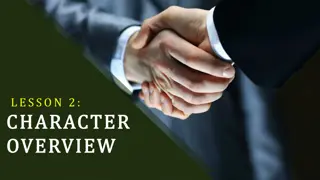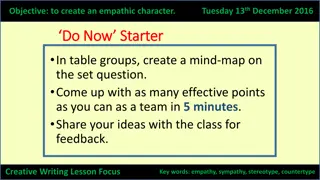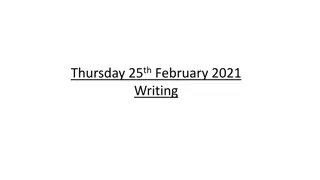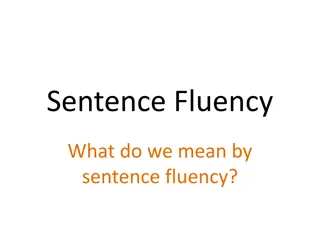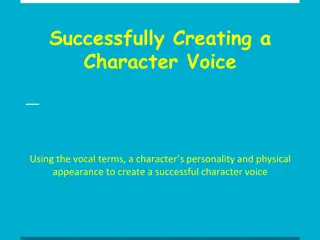Exploring the Art of Storytelling: Character Descriptions, Story Structures, and Sentence Shaping
Dive deep into the craft of storytelling with insights on describing characters, structuring stories, and shaping sentences. Discover key learnings on choosing nouns and adjectives, creating plot summaries, and enhancing meanings through sentence structures. Uncover the magic of Merlin and Arthur stories, where knights battle, love, and serve Arthur in a world filled with mystical beasts and magical elements.
Download Presentation

Please find below an Image/Link to download the presentation.
The content on the website is provided AS IS for your information and personal use only. It may not be sold, licensed, or shared on other websites without obtaining consent from the author. Download presentation by click this link. If you encounter any issues during the download, it is possible that the publisher has removed the file from their server.
E N D
Presentation Transcript
LESSON 1 2
Word-Weavers Story-Builders ? What have you learnt about how to describe characters? What have you learnt about how to shape and structure stories? Sentence- Shapers ? ? What have you learnt about how to shape sentences to describe characters and events? 3
Story-Builders: Key Learning Most stories have a similar structure, like a skeleton: opening; problem; climax; resolution; ending A plot summary is an overview of the plotline of a story, the bare bones Visual and written stories are different: written stories have to paint pictures and create meanings in words Nouns are often more important than adjectives in creating description 4
Word-Weavers: Key Learning Choose nouns and adjectives carefully to paint character pictures Use noun phrases to create visual descriptions of characters Consider adding more description after a noun to give more detail Show not tell (infer) when describing characters Well-chosen verbs can suggest what characters are like by showing what they do 5
Sentence-Shapers: Key Learning Sentences can be shaped to enhance meanings in your story Writers can choose where to put information in a sentence to give it different emphasis Putting the subject after the verb can create emphasis or anticipation Varied sentence lengths creates a good textual rhythm Short sentences can draw attention to key events or moments 6
What happens in Merlin and Arthur stories? Knights have battles (and there are no lady knights!) The knights love and serve Arthur Arthur marries Guinevere Camelot must be protected Merlin is a special wizard who protects Arthur There is magic: potions, goblets, cloaks, swords, rings There are mythical beasts: dragons, unicorns, trolls, serpents Good conquers evil Some character names: Lancelot; Galahad; Percival; Bors; Gawain; Morgana 7
Writing-Designers: Your Task! Write a new Arthurian legend, of no more than 500 words, which focuses on creating an effective plot structure, good character descriptions and shaping sentences to tell the story well. You can use your plot summary and all the drafts you have written to help fire your imagination! 8
Planning I have to plot it out I have to work out what s going to happen before I start writing . Malorie Blackman A plan helps you see where you are going, even though you might discover things along the way A plan outlines the route you might take, though when you start writing you might take a different route 9
LESSON 2 10
Build up the tension slowly; give little hints. Dont give all the information at once. Just drop little hints that all is not as it should be . Malorie Blackman 11
Drafting Reminders A draft is work in progress, not the final version Keep thinking about how you want your reader to feel or think, r what they will see when they read your story; imagine your reader reading it; Write aloud in your head to hear what your sentences might sound like If you know a word is wrong or a sentence doesn t work but can t solve the problem, underline it, and then keep writing Stop and re-read what you have written regularly while drafting 12
LESSON 3 13
A writers view: Malorie Blackman explains the choices she makes as a writer http://www.bbc.co.uk/programmes/p011mxd6 http://t1.gstatic.com/images?q=tbn:ANd9GcQqoX7iO5_OWT5lWZ2Y6vvCRemGA93yR4v161paz6f24Yjvz9XRTA 14
Revision Reminders: Narrative Choices Think about the content of your story: what you have written - Does it have all the elements of a narrative? How successful is the opening? Does it hook the reader in? Have you introduced a problem? Will this make the reader wonder what will happen? How well do you build up the story to the climax? Do you make your reader feel excited or tense? How well have you created a resolution? Do all the loose ends tie up or have you chosen a puzzling resolution? How is the story ended? 15
Revision Reminders: Language Choices Think about the language choices in your story: how you have written it? Have you chosen your vocabulary to convey your story effectively Have you chosen different kinds of sentence structure to emphasise the meaning or mood of the story? Have you used punctuation creatively to enhance what you are trying to say (eg colon; ellipsis; dash etc)? Have you chosen your words and images carefully to describe your characters and to develop the plot? Have you thought carefully about the language choices you can make to create an effective opening and ending? 16
Revision Reminders: Proof-Reading This stage is about making your writing accurate and is the final stage of producing a written text. Check that: your spellings are correct, using a dictionary or asking for help, if necessary; you have full stops correctly at the ends of sentences. Watch out particularly for using a comma where a full stop is needed. Writing Aloud in your head might help; you have used any punctuation in the sentence such as colons, pairs of commas, dashes correctly; you have punctuated dialogue correctly; you have used apostrophes correctly; you have grammatically correct sentences (eg plural verbs with plural noun subjects; pronouns that don t cause confusion) 17


